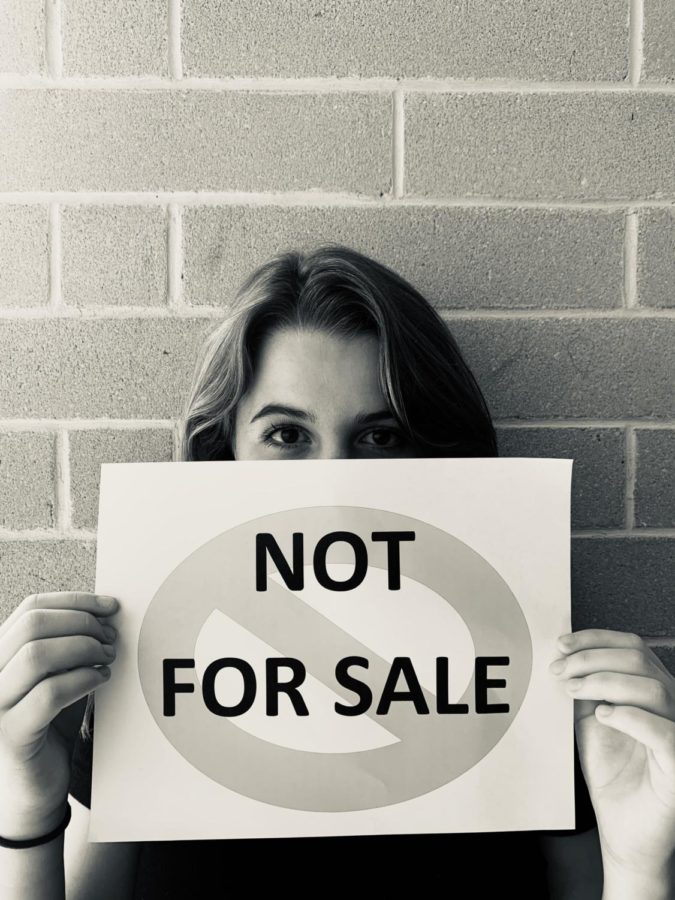THE STAGGERING RATES OF HUMAN TRAFFICKING
More men, women, and children everyday are becoming victims of human trafficking her in Florida.
January 30, 2020
The Staggering Rates of Human Trafficking:
Often called slavery in the modern age, thousands of men, women, and children fall as victims of human trafficking. Human trafficking is the forceful coercion of an individual that includes, but is not limited to, prostitution/sexual exploitation, forced labor,, and/or the removal of organ(s). Further, with the staggering statistics and the trauma involved in such cases, it is important to take note of certain organizations, precautions, and understand ways to help combat this global issue.
Sept. 2010—The United Nations Global Plan of Action was launched to combat human trafficking worldwide. Aiming towards the prosecution of offenders, and the safety of victims, this plan also advocates for more research and analysis on the issues.
“As this heinous crime flourishes, thousands of men, women and children are robbed of their safety, their freedom, and their dignity. Human trafficking devastates families and tears communities apart,” said General Assembly President Ali Treki.
The United States, Mexico, and the Philippines were all tied as the most popular countries for human trafficking. For the US in particular, New York City reported the highest rates.
“Typically people focus on other issues in the world, and while they are important, the topic of human trafficking often goes unheard, so its good that [the United Nations] are spreading awareness and taking action on this pressing global issue.” said senior Sanjana Kumar.
Sexual exploitation in human trafficking, often called sex trafficking on its own, accounts to mostly girls, at a staggering 71 percent of victims. The International Labour Organization estimates that there are approximately 40.3 million cases each year, however, a full record amount cannot be determined. Just over 50 percent of the cases involved children.
“It’s just horrible to hear this statistic, I don’t get why people would be okay committing acts as such,” said senior Aya Hassan.
The Department of Homeland Security explains that traffickers often use “force, fraud, or coercion to lure their victims and force them into labor or commercial sexual exploitation.”
Often, individuals are most susceptible based on socio-economic factors including their location, ethnicity, and gender. Other risk factors include recent migrants, individuals with substance abuse issues and mental health disorders, and the homeless population.
Often, victims go unheard due to societal pressure and/or cultural expectations to remain silent. It is estimated that only 0.04 percent of victims actually report their perpetrators, while most harassers walk free. Because they cannot speak up and do not receive help, victims can suffer mental illnesses including post traumatic stress disorder, major depressive disorder, and more.
There are quite a few organizations, non-profits, and other groups that are working to combat and increase the detection in human trafficking. Some of these are grassroots organizations, which advocate and promote in smaller communities where many cases are prevalent. The money donated to these groups goes to confronting the individuals trafficking, helping the victims themselves, breaking up gangs affiliated with crime, and bridging the unjust systems in place in many places of the developing world. The Blue campaign is one of the most notable organizations promoting awareness on this issue. They define themselves as a “national public awareness campaign, designed to educate the public, law enforcement, and other industry partners to recognize the indicators of human trafficking.” Furthermore, Blue Campaign works hand in hand with the DHS for training and materials for law enforcement.
To contact the National Human Trafficking Hotline for support or assistance, call 1-888-373-7888.





















